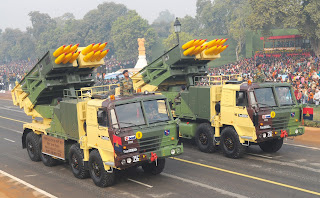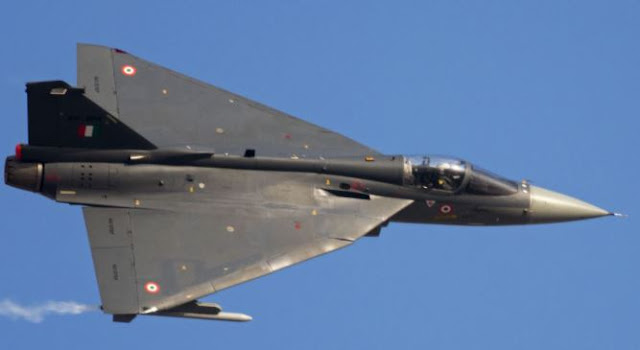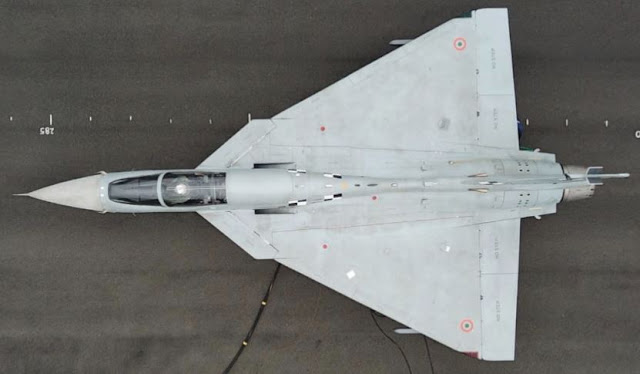Medium Weight Fighter - TEDBF/ORCA/MWF

Both Navy and Indian Air Force are going to need a fighter jet to secure our skies both near land borders and maritime coast. This can be the main peace time workhorse to guard Indian skies. Navy calls its version Twin Engine Deck Based Fighter (TEDBF) , while Air Force can call it as Medium Weight Fighter (MWF) or Omni Role Combat Aircraft (ORCA). Here, the need is to make a fighter using the existing research on Tejas Mk2 and AMCA. We are reaching the goal of making our own Multi-role fighter with Tejas Mk 2. At present it has been designed to be a single engine jet with General Electric F414-GE-INS6 turbofan, 58.5 kN thrust dry, 98 kN with afterburner. The present expected weight of Tejas Mk2 is as follows: 1. Gross Weight: 11,300 kg 2. Max Take Off Weight: 17,500 kg. That means payload capacity is 6,200 kg. But, Tejas Mk2 being a single engine fighter cannot be used by Navy as Twin Engine Deck Based Fighter. Similarly, Air Force cannot make Mk 2 in large numbers based on impor






